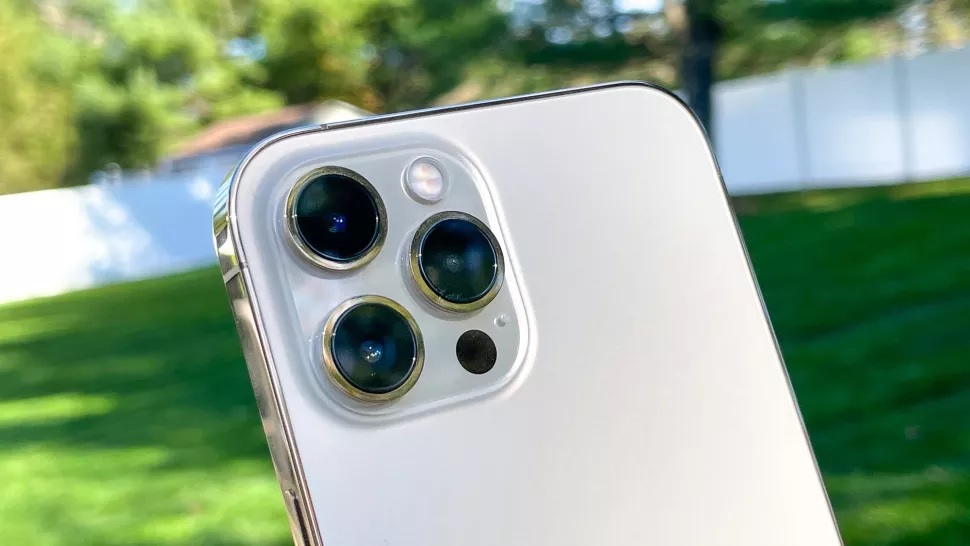iPhone 12 Pro just got a killer TikTok feature Android can’t match
TikTok added an AR filter that takes advantage of the iPhone 12 Pro's LiDAR sensor

TikTok routinely introduces new filters allowing its users to transform faces and add fun effects to videos. And the latest addition takes advantage of one of the marquee features introduced with the iPhone 12 Pro and iPhone 12 Pro Max last fall.
TikTok has added an augmented reality filter. And if you’ve got one of the Pro models of the iPhone 12, you can use the LiDAR sensor on the back of the phone to add augmented reality effects to your clip. In this specific case, TikTok features a fun New Year's Eve ball-dropping effect that can appear in clips shot with an iPhone 12 Pro.
- Is TikTok Safe? Everything you need to know about the video service
- The biggest upgrades with the iPhone 12 cameras
- Plus: Black PS5 going on sale today — here’s how to get one
That would seem to make this belated New Year's celebration a much lonelier party when you realize only one segment of smartphone users will be able to use it. TikTok, one of the most popular video platforms in the world, tweeted that this filter is its first AR effect using LiDAR technology. Presumably, it won’t be the last.
AR effects are, of course, nothing new for social media apps like TikTok, but LiDAR — or “light detection and ranging” — takes things to a whole new level.
LiDAR detects the presence of real world objects by beaming out waves that bounce off physical things and returning to the sensor for detailed, accurate measurements. That allows LiDAR-based AR effects to interact with the world around them. In TikTok’s new filter, for example, a mass of glitter spills all over the room, covering objects.
In the case of the iPhone 12 Pro, LiDAR depth-sensing is used for more than just improving filters and offering fun effects. It also helps make night portrait mode work better as well as aids in the camera's ability to focus. And it figures to benefit from other apps that add support for LiDAR.
TikTok isn't the first platform to welcome filters using LiDAR tech. Snapchat first added filters supporting it in October, and creators can build their own filters there. It remains to be seen whether these effects will eventually come to an Android device, or if Android phone makers adopt LiDAR sensors of their own, as DigiTimes forecast a month ago.
Get instant access to breaking news, the hottest reviews, great deals and helpful tips.
Brittany Vincent has been covering video games and tech for over 13 years for publications including Tom's Guide, MTV, Rolling Stone, CNN, Popular Science, Playboy, IGN, GamesRadar, Polygon, Kotaku, Maxim, and more. She's also appeared as a panelist at video game conventions like PAX East and PAX West and has coordinated social media for companies like CNET. When she's not writing or gaming, she's looking for the next great visual novel in the vein of Saya no Uta. You can follow her on Twitter @MolotovCupcake.

